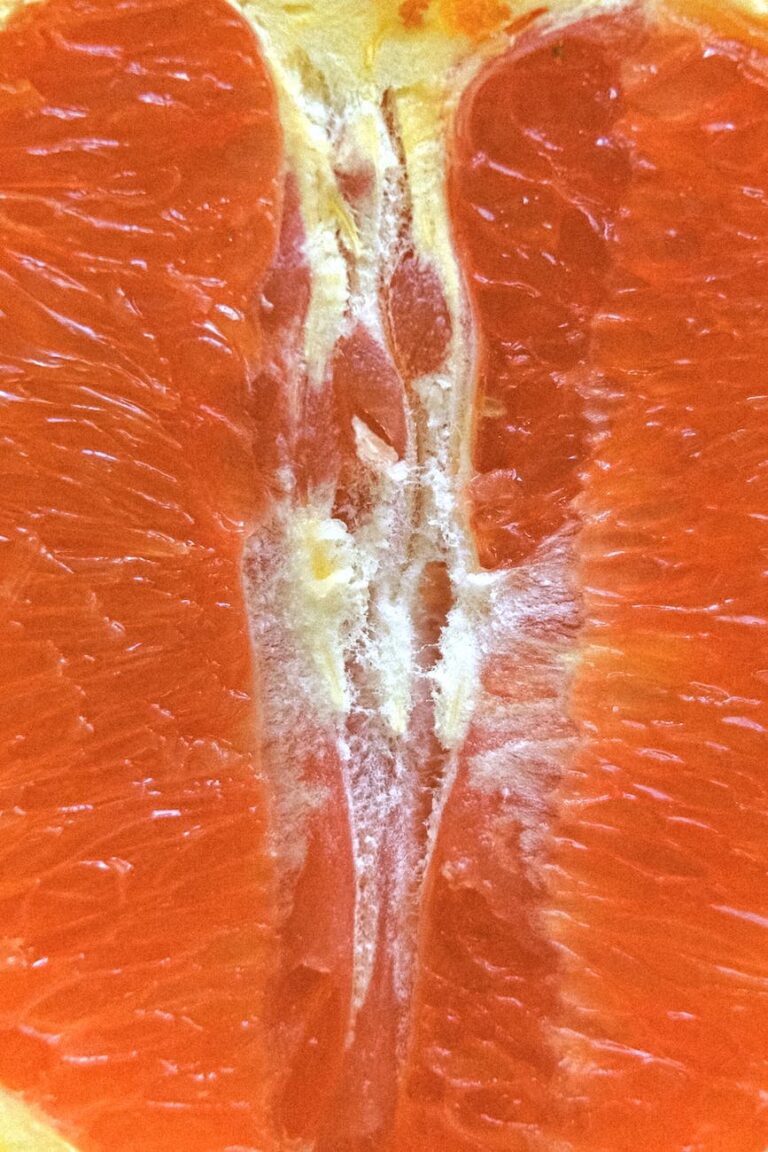Energy, Growth & Repair: Bio-Diet & Circulatory System
The circulatory system is an intricate network transporting nutrients, gases, and waste products throughout the body. This system includes the heart, blood vessels, and blood.
Because of its numerous primary and secondary implications, it has a fundamental role and impact on the body’s overall energy, growth, and repair processes.
Diet is one critical factor that can substantially impact these functions, with a core emphasis on diet quality.
Key Points
This article provides an overview of the relationship between the circulatory system and diet, specifically, the case of consuming a BioDiet (whole, organic, natural foods), and defines both terms.
- It explains the importance of a high-quality diet for better physical, mental, and energy functions.
- Referencing the longstanding history of natural foods in classical sciences and helpful scientific information that provides further context to “supporting the circulatory system for optimal body functions.”
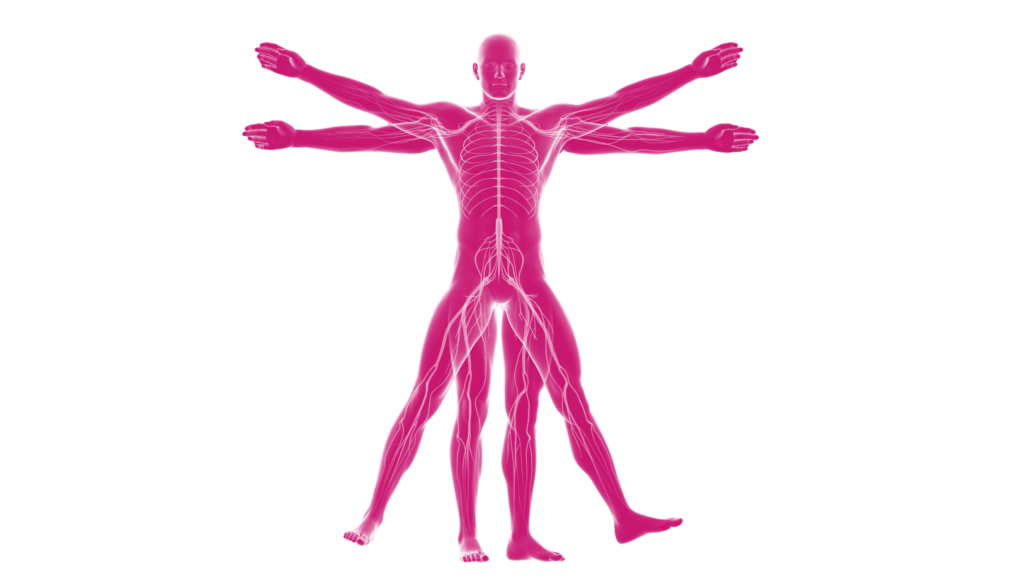
Overview
Subsequently, substantial scientific evidence now suggests that whole foods and natural foods such as vegetables, fruits, and other plant sources contain several active compounds supporting the proper functioning of the human body system.
These are also called bioactive compounds that are a source of nourishing, anti-ageing, anti-oxidative, anti-inflammatory, preventative and repairing foods.
Furthermore, whole-food diets serve as preventive nutrition for non-communicable chronic health issues, categorised as lifestyle-related problems such as cardiovascular, metabolic, liver, and kidney problems.
Relevance of Classical Diets For Circulatory Well-being
Despite the recent shift towards improving diet for better health, whole food-bioactive diets, preparatory methods, and fasting based on suitability have been fundamental to optimising well-being in classical sciences.
This is mainly because they are recognized as beneficial for the body, promoting longevity and optimizing health, and the circulatory system plays a crucial role in transporting compounds throughout the body.
The Gold Standard (Eating For The Body)
The Bioactive Diet is a “Gold Standard” source of nutrition in classical sciences.
This is due to body nourishment and this diet’s medicinal and therapeutic nature, involving comprehensive interplay of natural compounds and body behaviour.
- In particular, combining several therapeutic plant compounds in fresh plant foods provides food matrix nutrition, which often cannot be achieved with standalone sources.
- These diets consist of whole foods and organic and fresh produce, as opposed to processed, long-shelf-life foods. They are easily digested by the body, and their bioavailability is favourable to digestion and overall bodily function.
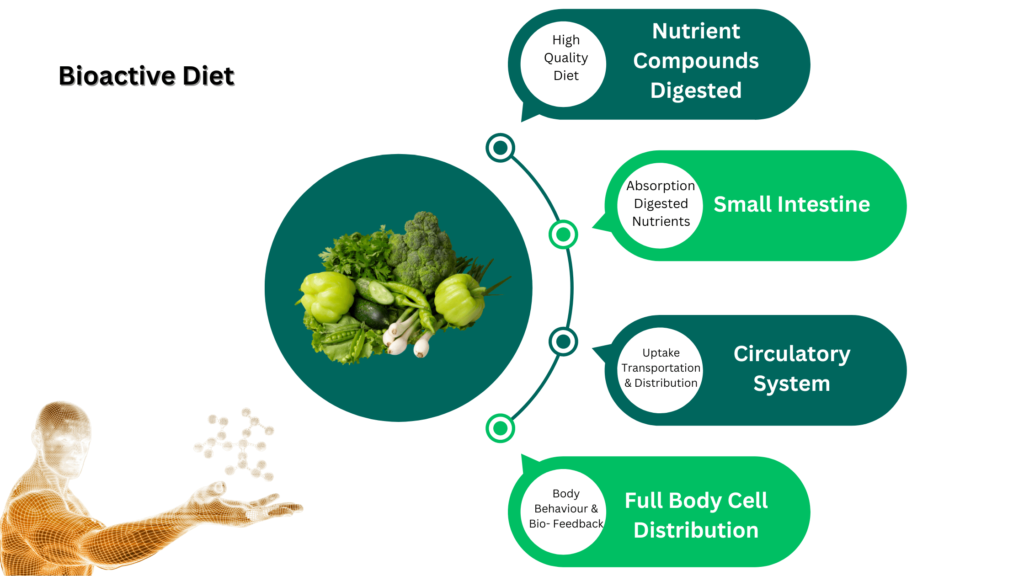
Circulatory System
Similarly, the circulatory system is called the cardiovascular, vascular, or blood circulation system.
Here are some key points about the circulatory system functions
- The circulatory system distributes nutrients from diet and liquids throughout the body.
- Its functions involve the heart pumping oxygenated blood from the lungs to the rest of the body while collecting deoxygenated blood and sending it back to the lungs for oxygenation.
- This continual circulation ensures that vital nutrients are distributed to various tissues and organs, while waste products are removed for excretion.
A diet can either help this process and support it to work optimally or strain the body’s processes and create a taxing effect, requiring the body to work harder to transport, distribute, and excrete.
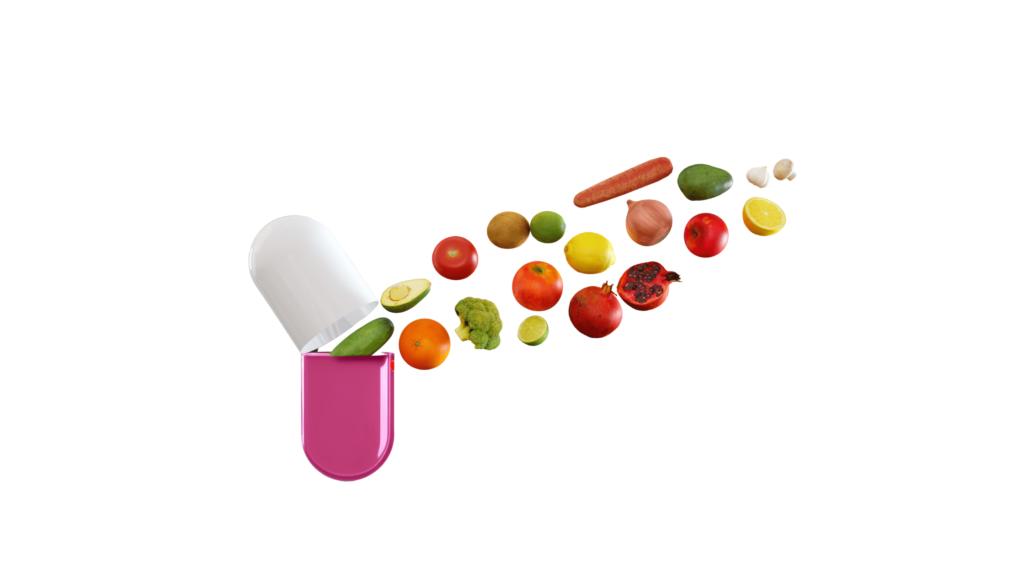
Diet Travels Through The Circulatory Network
Nutrients from digested food are absorbed into the bloodstream through the walls of the small intestine.
From there, the nutrients are transported via the bloodstream to various tissues and organs throughout the body.
Once in the bloodstream, the nutrients travel through the circulatory network, which includes the arteries, capillaries, and veins, to reach their destination.
The capillaries exchange nutrients with the body’s cells, providing the necessary sustenance for proper functioning.
This intricate process ensures that essential nutrients are distributed efficiently throughout the body to support overall health and well-being.
Cells, Body Behaviour, Biofeedback
Essentially, cells are supported by nutrition compounds, and the body communicates its behavior to the diet through biofeedback and other factors.
Impact of Diet On The Circulatory System
Food and water are crucial for the human body and are distributed throughout the circulatory system.
The quality and variety of food an individual consumes directly affects their overall quality of life. It also affects mental faculties, as identified from the gut-brain axis relationship.
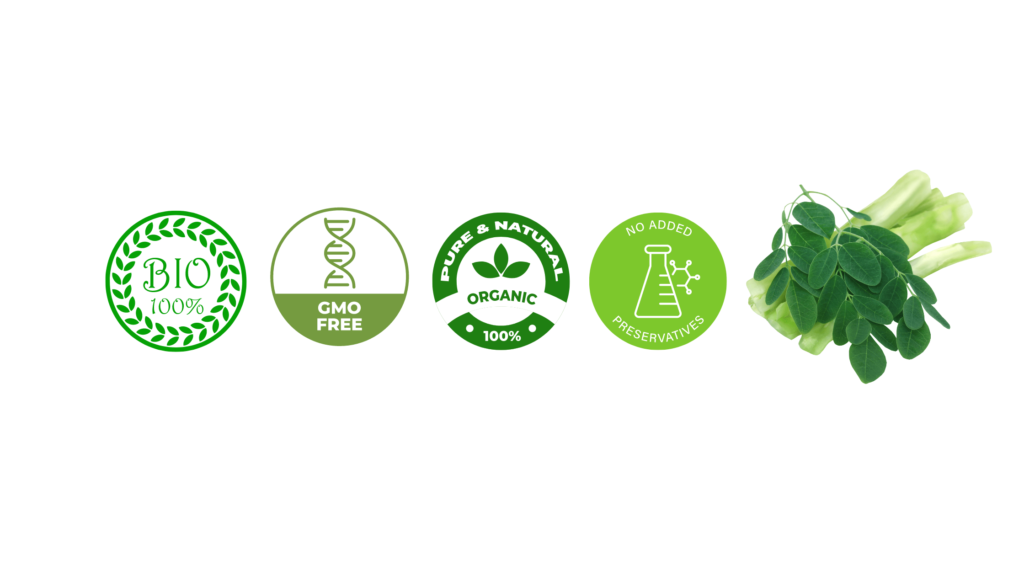
Quality As An Identification Marker
- It’s essential to focus on the overall quality of the diet rather than solely on individual food types alone. Although these are important facets of high-quality diets, they are also a good starting point.
- As discussed in the former sections, diet influences the circulatory system and every area of the body. The quality of the diet consumed eventually is distributed throughout the bloodstream and into vital organs and other regions.
For example, the difference between a fresh organic green mung soup and a long-life shelf soup containing concentrations of processed salt and other unfriendly preservatives.
Example
Another example is a high-quality diet such as freshly prepared Ayurvedic super soup containing whole grains, vegetables, and seeds will be digested and distributed through the bloodstream, carrying the compounds and nutrients throughout the body.
Combining several whole foods in this super soup will offer anti-inflammatory and anti-oxidative compounds and other macronutrients, minerals, and vitamins, all from whole food preparation.
Healthy Excretion Supports Nutrient Absorption
Typically, after a healthy body absorbs nutrients, it can efficiently excrete waste due to the body-friendly nature of whole foods, which is essential to a comprehensive approach to any body-friendly diet.
Healthy excretion involves the elimination of waste and excess materials from the body to maintain proper balance.
Here is an example of the bioactive composition of green mung beans, which contains various compounds and nutrients with anti-inflammatory, antioxidant, and other dietary benefits (food matrix effects).
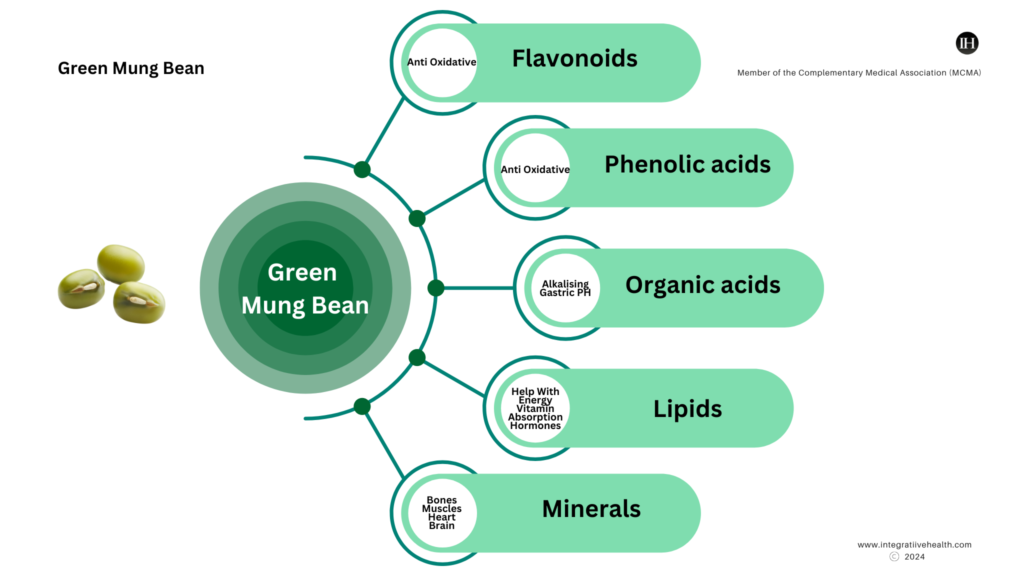
Bio-Active Diet (Nourishing The Body)
The bioactive diet emphasizes the consumption of foods that are rich in bioactive compounds, which are naturally occurring compounds that have an impact on our health.
These compounds can be found in various plant foods such as fruits, vegetables, nuts, seeds, and herbs. The bioactive diet encourages the intake of these foods to promote overall well-being and reduce the risk of chronic diseases.
Incorporating bioactive-rich foods into the diet can provide potential benefits from their antioxidant, anti-inflammatory, and other health-promoting properties.
Their method of preparation and consumption also matters. Read more on this here.
A Nourishing Versus Taxing Diet
In classical sciences, the concept of a nourishing diet versus a taxing diet is often emphasized.
Nourishing The Body: A nourishing diet provides the body with essential nutrients, vitamins, and minerals in balanced proportions, promoting good health and overall well-being.
Disruptive Diets: On the other hand, a taxing diet refers to one that is high in processed foods, unhealthy fats, sugars, and additives, which can lead to various health issues and imbalances in the body.
Example
An example of a nourishing diet in classical sciences would include a variety of whole foods such as fruits, vegetables, whole grains, lean proteins, and healthy fats. This diet provides essential nutrients like vitamins, minerals, fibre, and antioxidants that support overall health and well-being.
On the other hand, a taxing diet might consist of highly processed foods, sugary drinks, refined carbs, excessive amounts of unhealthy fats, and low nutritional value, which can lead to inflammation, weight gain, and various health issues over time.
Bioactive Compounds, Macro & Micro nutrients
Plant foods have several bioactive compounds, including a range of proteins, fibres, and other macro-micro nutrients. Depending on the quality, these foods tend to be dense sources of high-quality nutrition.
Here are some examples of compounds found in these foods
- Polyphenols, including flavonoids, phenolic acids, and resveratrol
- Carotenoids, such as beta-carotene, lutein, and zeaxanthin
- Phytoestrogens, including isoflavones and lignans
- Alkaloids, such as caffeine
- Terpenes, including carotenoids and saponins
Several of these compounds have anti-inflammatory and anti-oxidative, promote metabolic integrity, and subsequently optimise ageing as part of a well-balanced approach.
Therefore, they indirectly support the body in energy, growth, and repair.
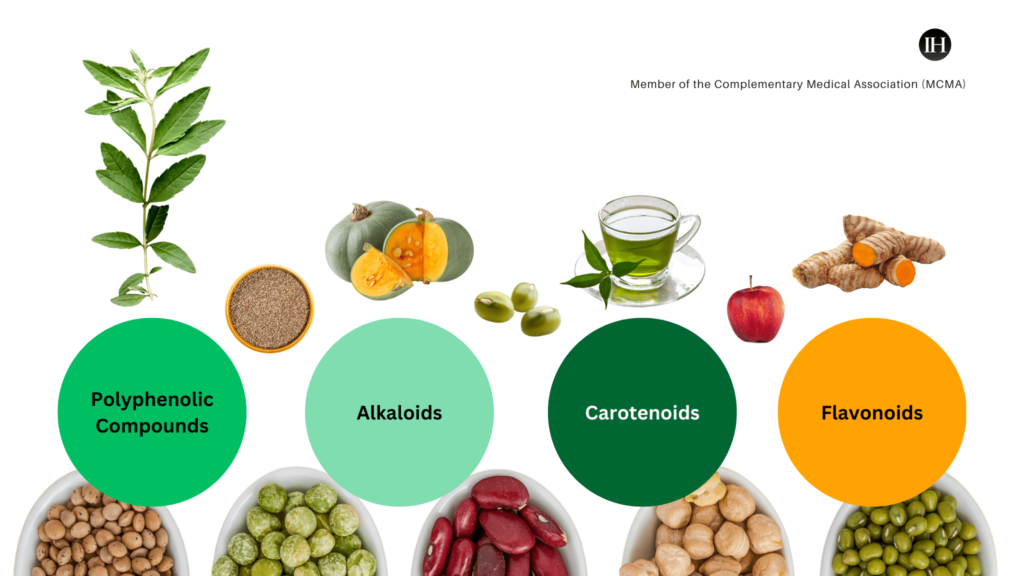
Below are some relevant case studies involving nutrient-dense natural foods and their effects on the body.
The example studies elaborate on diet, food type, nutrient circulation, and subsequent body behaviour-impact. From intake to uptake, it examines how food behaves once the circulatory system distributes it.
Another case study examines how generational diets affect an individual’s relationship to food.
1. Case Study: Whole Grains, Muscle Development & Function
Li et al. (2022) discussed the bioactive components in whole grains to regulate skeletal muscle function.
The study suggests that evidence shows that whole grains possess multiple health benefits compared with refined grains.
A whole grain is any grain, such as organic oats, rye, barley, etc. Other examples of whole grains include quinoa, brown rice, whole wheat, and buckwheat.
Whole grains are unprocessed natural foods easily absorbed and distributed by the body.
Here are some key points from Li et al. (2022):
Impact of a whole grain in a Bioactive Diet
- Importantly, there is growing evidence demonstrating that bioactive substances derived from whole grains, such as polyphenols, γ-oryzanol, β-sitosterol, betaine, octacosanol, alkylresorcinols, and β-glucan, could enhance myogenesis, muscle mass, and metabolic function.
- Myogenesis is the process of muscle cell formation and development. It involves the differentiation of myoblasts into multinucleated muscle fibers and is essential for muscle growth and repair.
- After supplementation with whole grain oats rich in dietary fiber, female individuals are found to have improved exercise capacity, along with increased utilization rate of glycogen and respiratory exchange ratio while decreased free fatty acid content in muscle tissue
- For instance, dietary fiber which is better preserved in whole grains has been reported to prevent age-associated declines in skeletal muscle mass.
- Betaine supplementation from whole grains is reported to improve muscle strength and power.

2. Recognising Transgenerational Transmission of Eating Habits
According to Fisberg et al. (2024), “Eating habits are shaped in childhood by a combination of genetic and environmental factors and can accompany the individual during adolescence and adulthood, as well as the consequences of their food choices.
Through the same factors, eating habits can be transmitted through the generations, influencing dietary patterns and nutritional status from the early stages of life.
After childhood and adolescence, food preferences change according to age and are decisive for food choices and, therefore, for the quality of eating habits.
Therefore, this study suggests the importance of recognising food habits and understanding body behaviour to improper or nutrient-deficient diets.
3. Human Intestinal Absorption (HIA) & Blood-Brain Barrier (BBB)
The human diet plays a crucial role in the process of intestinal absorption and the maintenance of the blood-brain barrier.
Small intestine HIA: The nutrients from the food we consume are absorbed in the small intestine and then transported to different cells and organs via the circulatory system.
BBB: The integrity of the blood-brain barrier is essential for preventing potentially harmful substances from entering the brain tissue.
Additionally, the circulatory system ensures that the absorbed nutrients and oxygen are delivered to the brain and other organs, supporting their proper function.
Therefore, a balanced diet impacts the absorption of essential nutrients in the intestines and influences the overall health of the blood-brain barrier and the circulatory system.
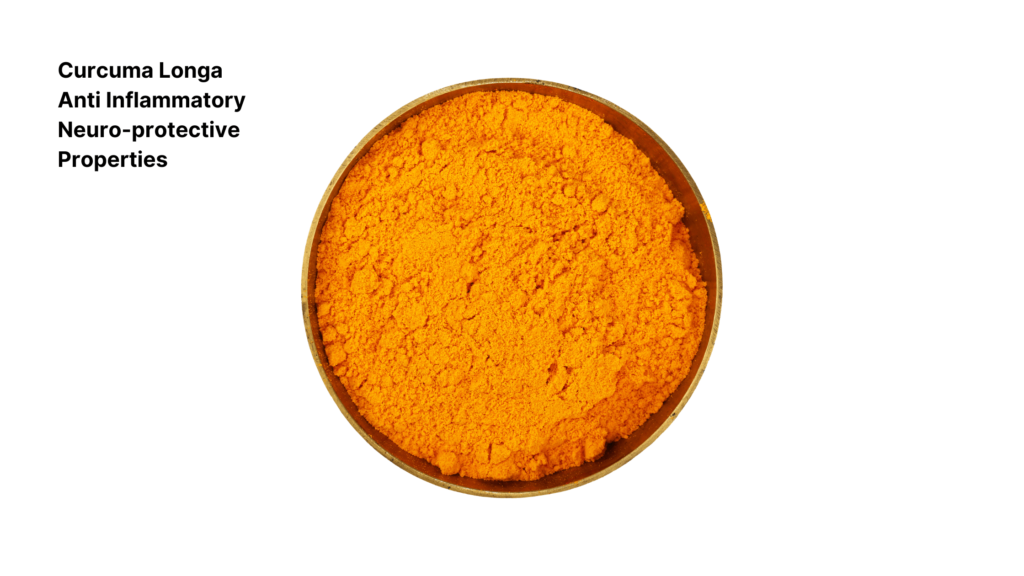
Summary
In summary, the circulatory system is a complex network that plays a fundamental role in distributing nutrients throughout the body.
It encompasses the heart, blood vessels, and blood, significantly impacting the body’s energy, growth, and repair processes.
The quality of one’s diet, particularly the emphasis on consuming bioactive compounds found in whole, organic, natural foods, fundamentally supports the circulatory system and overall body well-being.
This relationship between the circulatory system and diet has deep roots in classical sciences, and emerging scientific evidence now highlights the importance of incorporating whole foods and natural foods into diets to support optimal bodily functions.
Precautions & Suitability
Precautions and personal responsibility are paramount. If something is suitable or not, make an informed choice and seek the advice of a professional. Suitability is solely based on individual health status.
This is an informational post only and does not constitute as professional advice.
- Ud Din, Syed Riaz et al. “Bioactive Compounds (BACs): A Novel Approach to Treat and Prevent Cardiovascular Diseases.” Current problems in cardiology vol. 48,7 (2023): 101664. doi:10.1016/j.cpcardiol.2023.101664
- Malinowski B, Fajardo Leighton RI, Hill CG, Szandorowski P, Wiciński M. Bioactive Compounds and Their Effect on Blood Pressure-A Review. Nutrients. 2020 Jun 3;12(6):1659. doi: 10.3390/nu12061659. PMID: 32503160; PMCID: PMC7352988.
- Michalak M, Pierzak M, Kręcisz B, Suliga E. Bioactive Compounds for Skin Health: A Review. Nutrients. 2021 Jan 12;13(1):203. doi: 10.3390/nu13010203. PMID: 33445474; PMCID: PMC7827176.
- Li Q, Yang H, Song S, Liu J, Wang Z, Wang J. Bioactive Components in Whole Grains for the Regulation of Skeletal Muscle Function. Foods. 2022 Sep 7;11(18):2752. doi: 10.3390/foods11182752. PMID: 36140879; PMCID: PMC9498156.
- Wellen KE, Thompson CB. Cellular metabolic stress: considering how cells respond to nutrient excess. Mol Cell. 2010 Oct 22;40(2):323-32. doi: 10.1016/j.molcel.2010.10.004. PMID: 20965425; PMCID: PMC3190402.
- Fisberg M, Gioia N, Maximino P. Transgenerational transmission of eating habits. J Pediatr (Rio J). 2024 Mar-Apr;100 Suppl 1(Suppl 1):S82-S87. doi: 10.1016/j.jped.2023.11.007. Epub 2023 Dec 22. PMID: 38142715; PMCID: PMC10960189.
- Zhou DD, Luo M, Shang A, Mao QQ, Li BY, Gan RY, Li HB. Antioxidant Food Components for the Prevention and Treatment of Cardiovascular Diseases: Effects, Mechanisms, and Clinical Studies. Oxid Med Cell Longev. 2021 Jan 28;2021:6627355. doi: 10.1155/2021/6627355. PMID: 33574978; PMCID: PMC7864729.
- Sharifi-Rad J, Rodrigues CF, Sharopov F, Docea AO, Can Karaca A, Sharifi-Rad M, Kahveci Karıncaoglu D, Gülseren G, Şenol E, Demircan E, Taheri Y, Suleria HAR, Özçelik B, Nur Kasapoğlu K, Gültekin-Özgüven M, Daşkaya-Dikmen C, Cho WC, Martins N, Calina D. Diet, Lifestyle and Cardiovascular Diseases: Linking Pathophysiology to Cardioprotective Effects of Natural Bioactive Compounds. Int J Environ Res Public Health. 2020 Mar 30;17(7):2326. doi: 10.3390/ijerph17072326. PMID: 32235611; PMCID: PMC7177934.
- Petersen KS, Kris-Etherton PM. Diet Quality Assessment and the Relationship between Diet Quality and Cardiovascular Disease Risk. Nutrients. 2021 Nov 28;13(12):4305. doi: 10.3390/nu13124305. PMID: 34959857; PMCID: PMC8706326.
- Khalid W, Arshad MS, Ranjha MMAN, Różańska MB, Irfan S, Shafique B, Rahim MA, Khalid MZ, Abdi G, Kowalczewski PŁ. Functional constituents of plant-based foods boost immunity against acute and chronic disorders. Open Life Sci. 2022 Sep 8;17(1):1075-1093. doi: 10.1515/biol-2022-0104. PMID: 36133422; PMCID: PMC9462539.
- Rocha-González HI, Ambriz-Tututi M, Granados-Soto V. Resveratrol: a natural compound with pharmacological potential in neurodegenerative diseases. CNS Neurosci Ther. 2008 Fall;14(3):234-47. doi: 10.1111/j.1755-5949.2008.00045.x. Epub 2008 Jul 29. PMID: 18684235; PMCID: PMC6494027.


